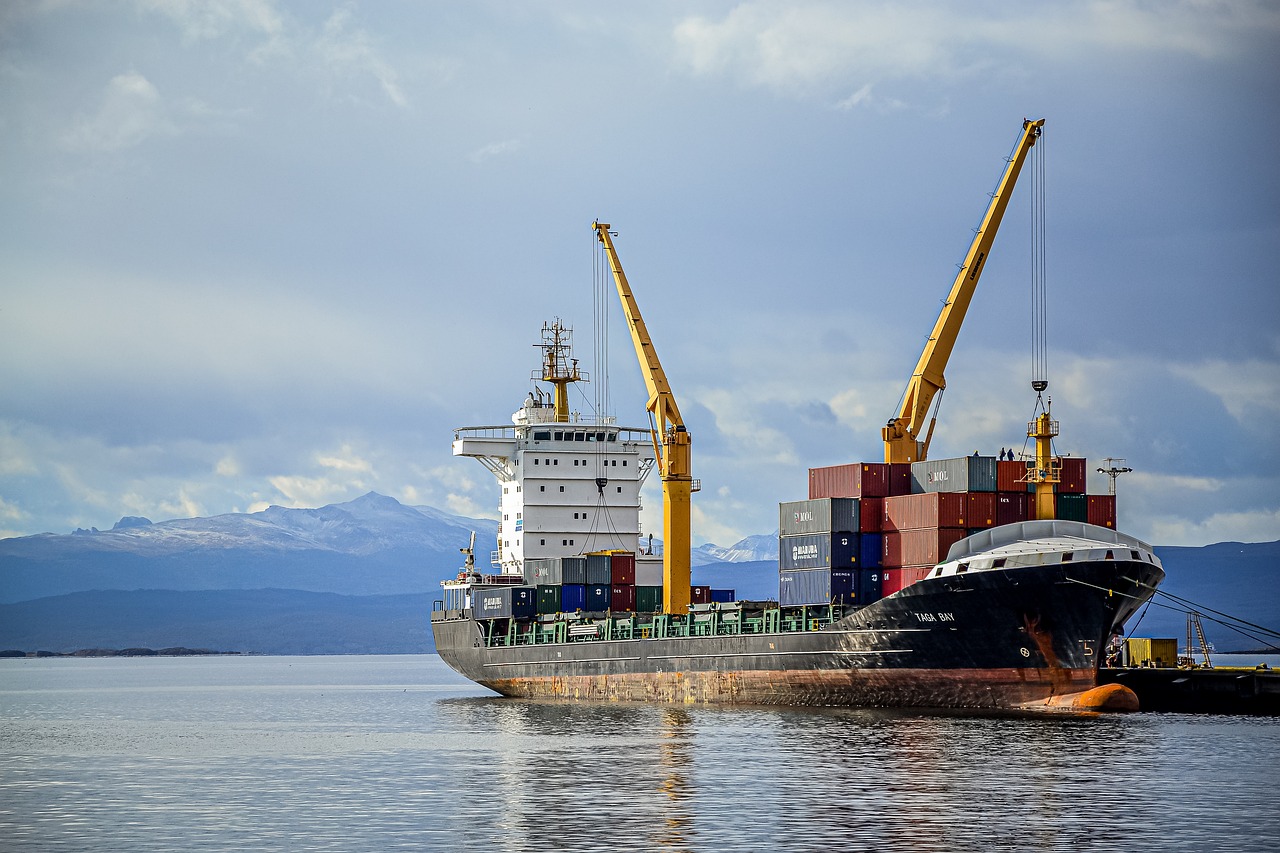
How ProcurementNation.com Shipping Transforms Modern Supply Chains
In an era where 73% of consumers abandon carts due to poor delivery options, could your business afford unreliable logistics? ProcurementNation.com Shipping isn’t just another freight service—it’s a strategic tool reshaping how companies navigate global supply chains. As e-commerce demands skyrocket and procurement workflows grow more complex, this platform bridges gaps between cost efficiency, risk management, and customer satisfaction.
The Hidden Cost of Inefficient Logistics
Traditional shipping models often leave businesses juggling fragmented carrier contracts, manual customs forms, and disjointed tracking systems. ProcurementNation.com Shipping eliminates these pain points by centralizing logistics under a single dashboard. By automating workflows—from label generation to delivery notifications—it frees procurement teams to focus on strategic tasks like supplier negotiations or inventory optimization.
The platform’s integration with global carriers ensures compliance with regional regulations, reducing delays that stem from documentation errors. For example, a mid-sized retailer using the service reported a 30% reduction in customs-related hold-ups, translating to faster order fulfillment and higher customer retention.
Real-Time Tracking: Beyond Basic Monitoring
ProcurementNation.com Shipping’s real-time tracking isn’t just about visibility—it’s about actionable insights. The platform aggregates data from air, sea, and land freight partners, offering predictive analytics on delivery timelines and potential bottlenecks. This proactive approach helps businesses mitigate risks like stockouts or delayed production cycles.
A key differentiator is its supplier performance evaluation tool. By analyzing metrics like on-time delivery rates and damage incidents, companies can identify underperforming vendors and renegotiate contracts. For procurement managers, this means fewer surprises and more reliable supply chain partnerships.
Why Customer Satisfaction Starts With Reliable Shipping
In e-commerce, delivery speed and transparency directly impact brand loyalty. ProcurementNation.com Shipping addresses this by offering tiered delivery options (express, standard, economy) and granular tracking updates. Customers receive automated notifications at every milestone, from warehouse dispatch to final-mile delivery—a feature that’s reduced support inquiries by 40% for some users.
The platform also supports eco-conscious practices, such as carbon-neutral shipping and route optimization to minimize fuel consumption. For brands targeting sustainability-minded buyers, this aligns logistics with broader corporate values.
The Future of Procurement: Integrated Solutions
ProcurementNation.com Shipping doesn’t operate in a vacuum. It’s part of a larger ecosystem that includes procurement analytics, supplier directories, and inventory management tools. For instance, businesses can cross-reference shipping data with procurement spend reports to identify cost-saving opportunities or negotiate bulk carrier discounts.
As supply chains grow more interconnected, the platform’s API-driven architecture allows seamless integration with ERP systems, e-commerce platforms, and third-party logistics providers. This adaptability ensures scalability for enterprises entering new markets or managing seasonal demand spikes.
Key Takeaways
- Automation is non-negotiable: Streamline customs paperwork, tracking, and carrier coordination to reduce manual errors and delays.
- Data drives decisions: Leverage real-time analytics to optimize delivery routes, evaluate suppliers, and predict disruptions.
- Sustainability sells: Eco-friendly shipping options align with consumer expectations and regulatory trends.
- Integration unlocks value: Combine logistics insights with procurement strategies to negotiate better rates and improve margins.
ProcurementNation.com Shipping isn’t just moving boxes—it’s redefining how businesses approach risk management, cost control, and customer trust in a hyper-competitive global market. The question isn’t whether to adopt smarter logistics tools, but how quickly you can afford to wait.

